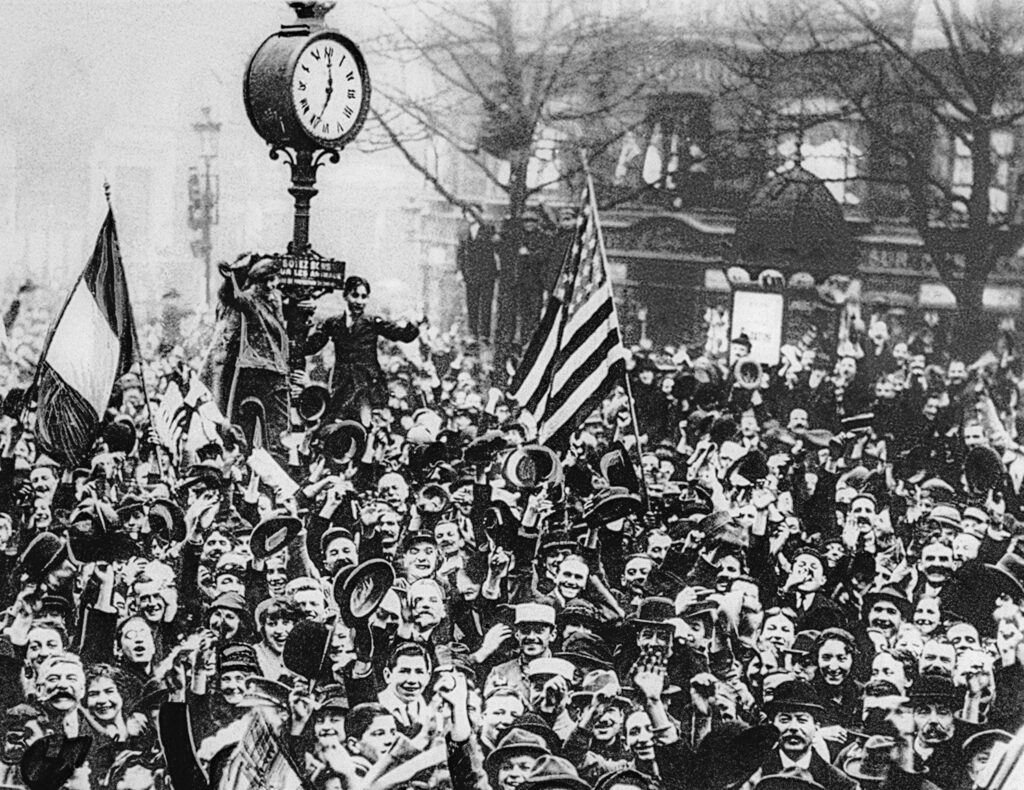The Treaty of Versailles, signed in 1919 after World War I, was intended to bring about peace and stability in Europe. However, the terms of the treaty were controversial and led to further conflict and instability. The Paris Peace Conference, where the treaty was negotiated, brought together the Allied powers and the defeated Central Powers, primarily Germany. The treaty imposed punitive measures on Germany, including reparations, military restrictions, and territorial losses. Many historians believe that the harsh terms of the treaty contributed to the rise of Adolf Hitler and the outbreak of World War II. The Treaty of Versailles serves as a cautionary tale of the dangers of punitive peace settlements and the importance of fair and just negotiations for lasting peace.
The Treaty of Versailles: How Peace was Declared After the War to End All Wars
After four long years of brutal fighting, World War I finally came to an end in 1919 with the signing of the Treaty of Versailles. This treaty, negotiated at the Palace of Versailles in France, was meant to bring about lasting peace and stability in Europe after what was supposed to be the “War to End All Wars.” However, the terms of the treaty were controversial and ultimately led to further conflict and instability in the years that followed.
The Paris Peace Conference
The Treaty of Versailles was the result of the Paris Peace Conference, which was held in January 1919. The conference brought together the victorious Allied powers, including France, Britain, the United States, and Italy, to negotiate the terms of peace with the defeated Central Powers, primarily Germany.
The negotiations were tense and often acrimonious, as the Allies sought to punish Germany for its role in starting the war and causing so much death and destruction. The German delegation, led by Foreign Minister Count Ulrich von Brockdorff-Rantzau, was outraged by the harsh terms being imposed on their country.
The Terms of the Treaty
The Treaty of Versailles imposed a number of punitive measures on Germany. The country was forced to accept full responsibility for the war and to pay reparations to the Allies for the damage caused. Germany’s military was drastically reduced in size, with restrictions placed on the size and capabilities of its armed forces. The treaty also imposed territorial losses on Germany, with the cession of territory to France, Poland, and Belgium.
Many historians argue that the terms of the Treaty of Versailles were overly harsh and played a significant role in the rise of Adolf Hitler and the outbreak of World War II. The economic hardship caused by the reparations payments, combined with a sense of humiliation and injustice, fueled resentment and nationalism in Germany, paving the way for the rise of the Nazi party and the Second World War.
The Legacy of the Treaty
The Treaty of Versailles is often seen as a prime example of the dangers of punitive peace settlements. While the treaty succeeded in ending World War I, it failed to build a lasting peace and instead planted the seeds for future conflict. The harsh terms imposed on Germany created a sense of grievance and resentment that would fuel further aggression and instability in Europe in the years to come.
Ultimately, the Treaty of Versailles serves as a cautionary tale for future generations. It reminds us of the importance of negotiated settlements that are fair and just for all parties involved, and the dangers of imposing punitive measures that only serve to sow the seeds of future conflict. As we reflect on the legacy of the Treaty of Versailles, we are reminded of the importance of learning from the mistakes of the past in order to build a more peaceful and stable world for future generations.
